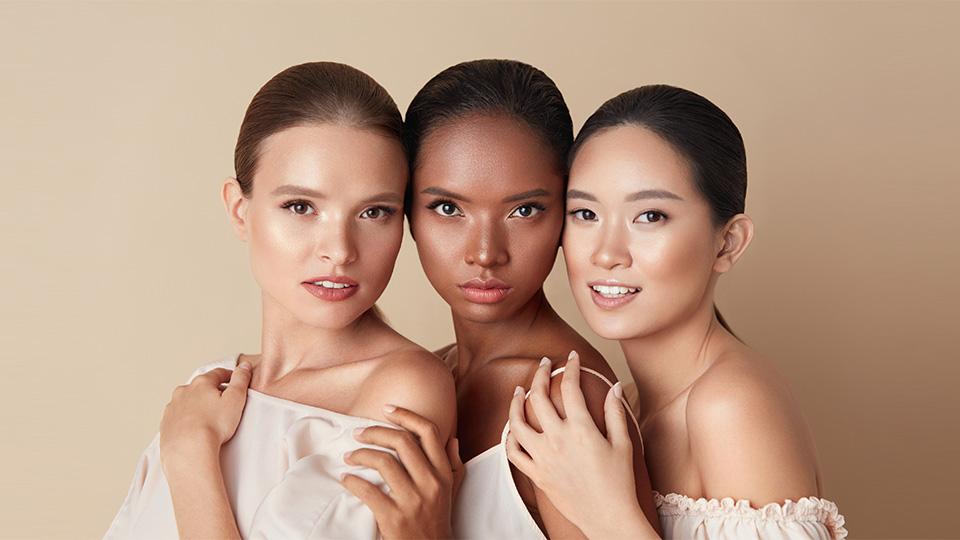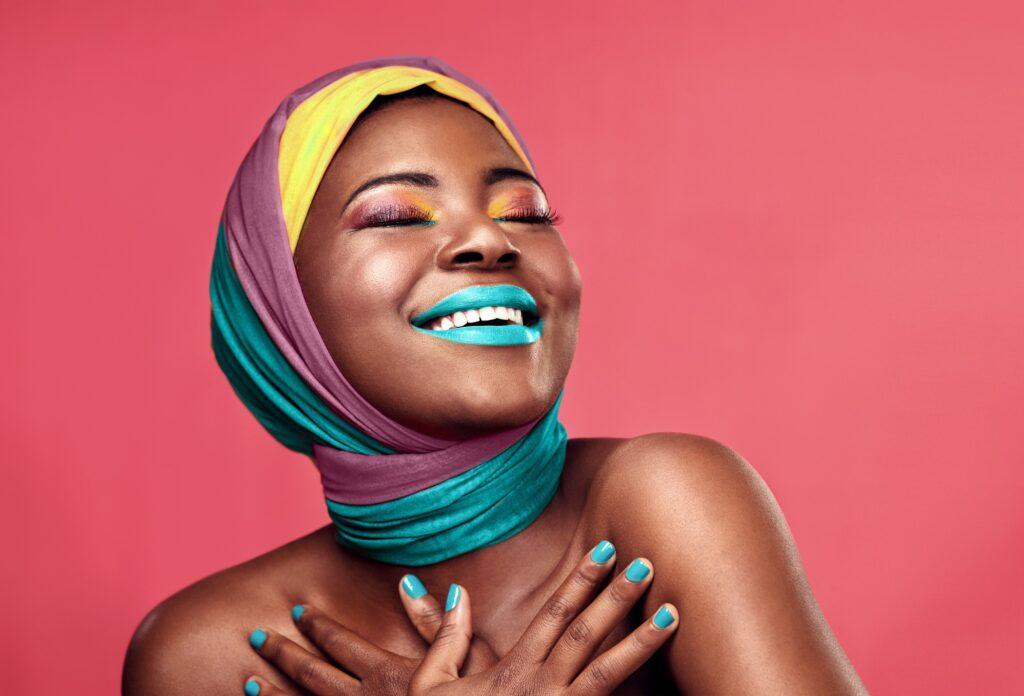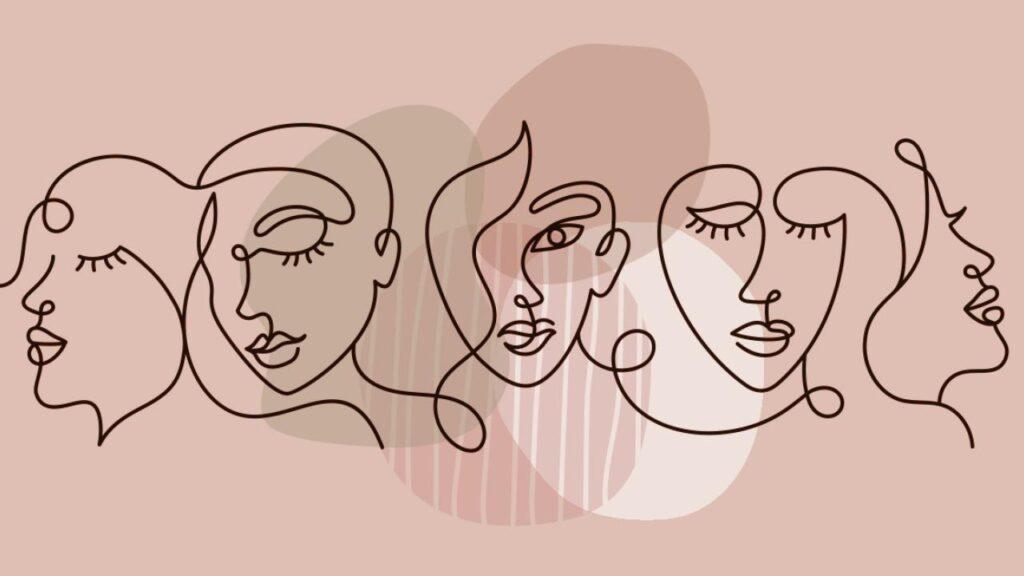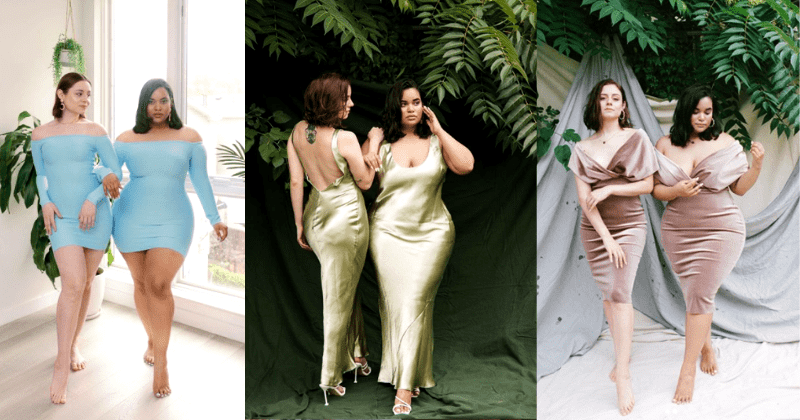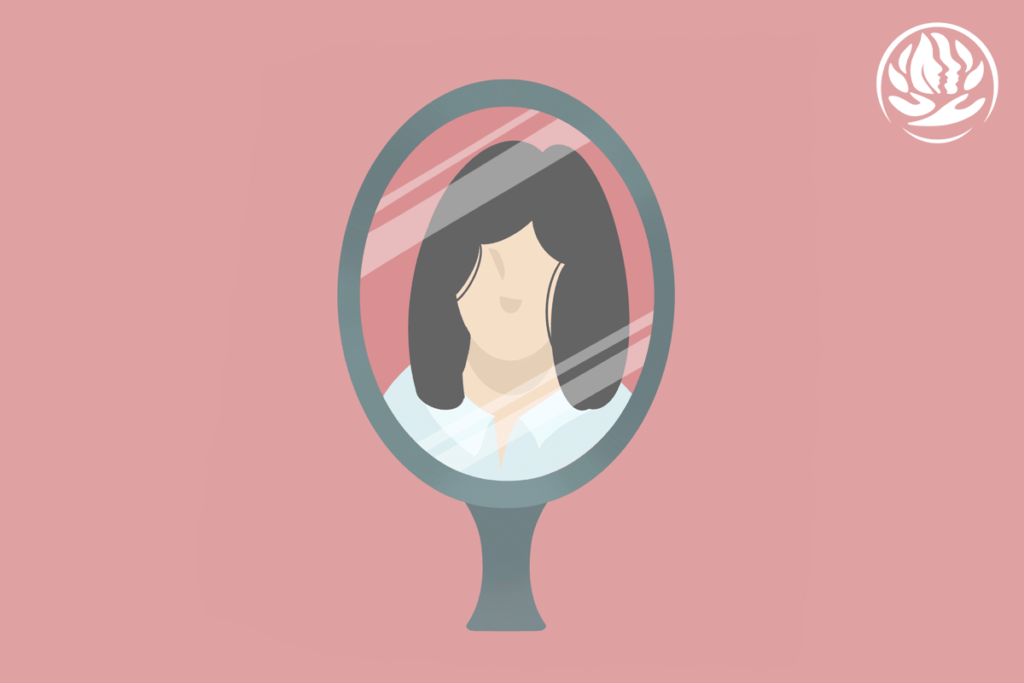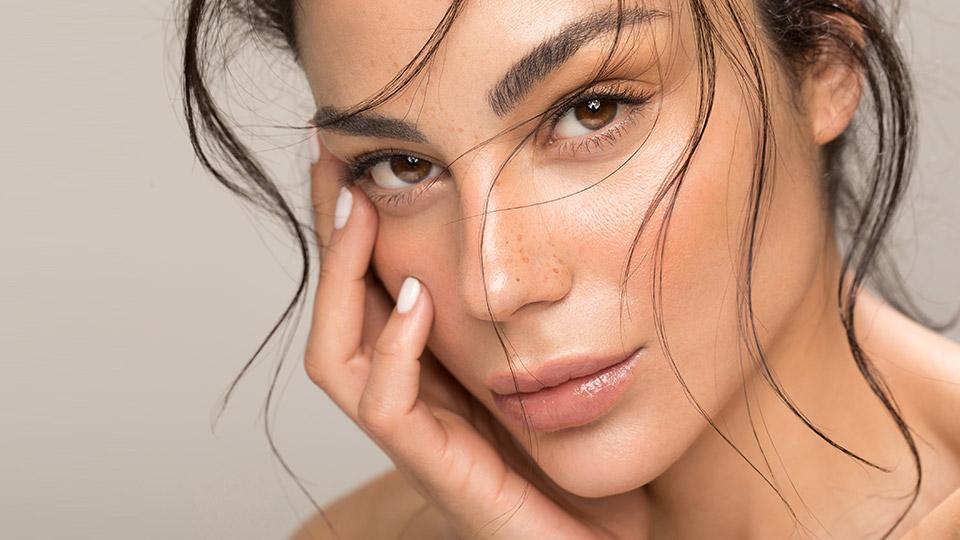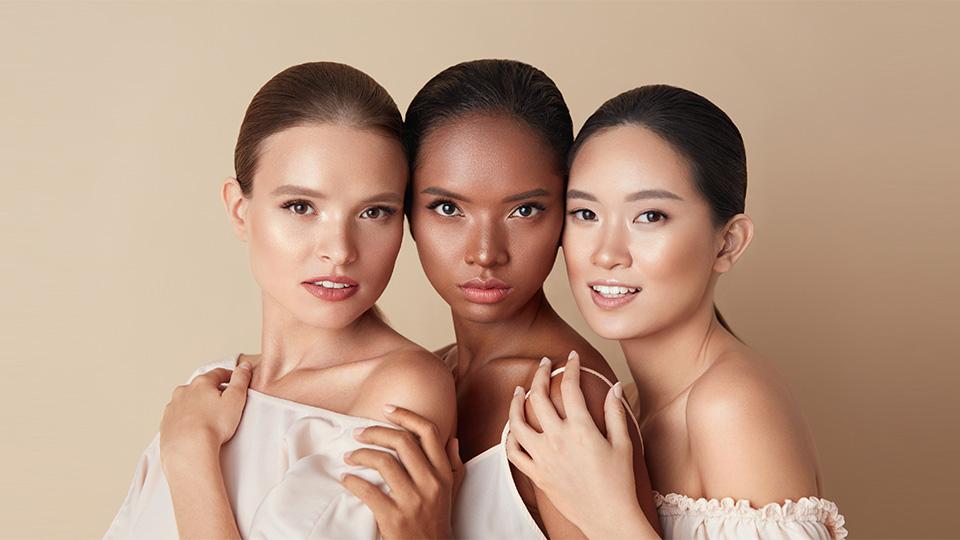Is it possible to change beauty standards without imposing new ones?
Changing beauty standards without imposing new ones is a complex challenge, but it is both possible and necessary. Here are several considerations on how this can be achieved:
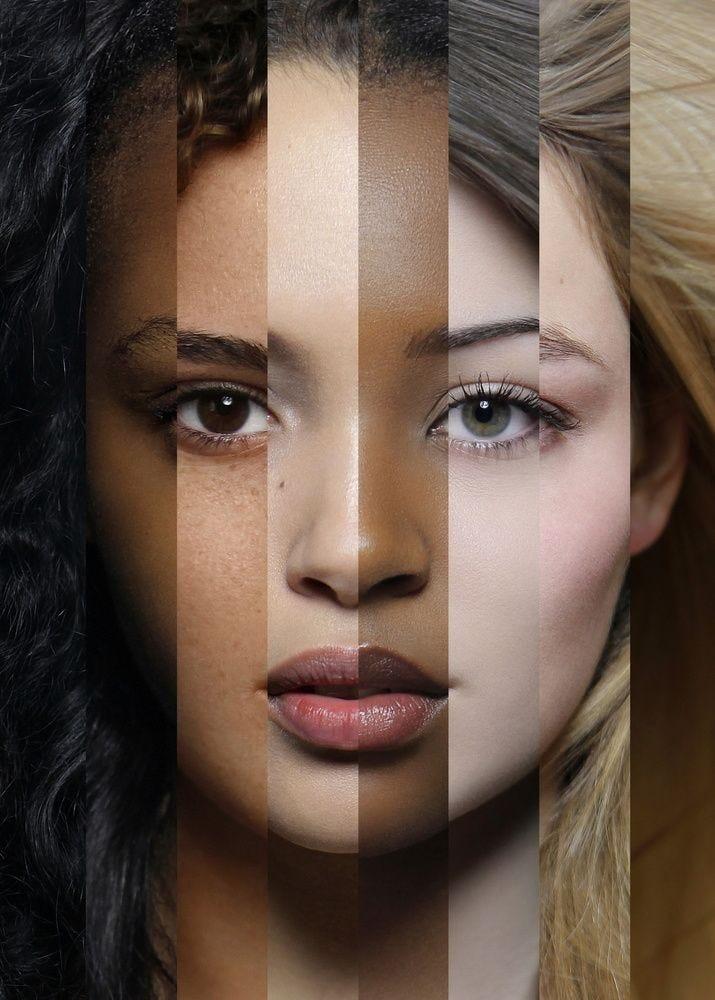
Diversity and Inclusivity: Shifting beauty standards should prioritize diversity and inclusivity. Instead of replacing one narrow ideal with another, efforts should celebrate a wide range of appearances, body types, and identities. Embracing diversity ensures that there is no single standard to replace the old one.
Media and Representation: The media plays a significant role in shaping beauty ideals. Promoting diverse and realistic representations of people in media, advertising, also entertainment helps challenge existing standards without creating new ones. Authentic representation fosters acceptance of individuality.
Education and Awareness: Comprehensive education about beauty standards and their impact is crucial. People should be taught to critically analyze media messages and recognize the harm caused by unrealistic ideals. Awareness campaigns can help people understand the importance of embracing diversity.
Promote Self-Expression: Encourage self-expression and self-identity. Emphasizing personal style, individuality, also creativity can shift the focus away from rigid standards toward celebrating uniqueness.
Challenge Stereotypes: Challenge harmful stereotypes and biases associated with beauty. This includes addressing beauty ideals based on race, gender, age, also other factors. Acknowledging the harmful effects of these stereotypes is a step toward dismantling them.
Positive Body Image: Promote positive body image and self-esteem by emphasizing self-acceptance also self-love. Encourage individuals to define their worth beyond physical appearance.
Celebrate Achievements and Talents: Shift the emphasis from appearance to achievements and talents. Celebrate people for their skills, accomplishments, and contributions rather than their adherence to beauty ideals.
Media Literacy: Teach media literacy skills that enable individuals to critically assess and deconstruct media messages. This empowers people to resist unrealistic standards imposed by the media.
Advocate for Industry Responsibility: Encourage industries like fashion also beauty to adopt responsible practices that prioritize authenticity, inclusivity, and diversity. Holding these industries accountable for their portrayal of beauty can lead to more responsible representation.
Community and Support: Create supportive communities that promote acceptance also inclusivity. Peer support can help individuals resist the pressure to conform to any emerging beauty standards.
Conclusion
Changing beauty standards without imposing new ones requires a multi-faceted approach that focuses on celebrating diversity, promoting self-acceptance, also challenging harmful stereotypes.
It involves reshaping societal perceptions and fostering a culture that values individuality and authenticity over conformity to rigid standards. While it is challenging, it is both possible and essential to achieve a more inclusive and accepting society. 온라인카지노

